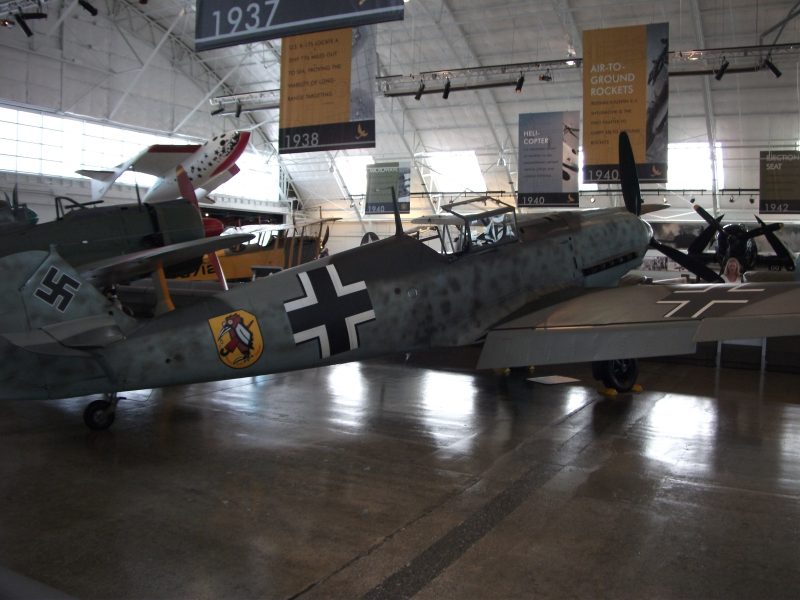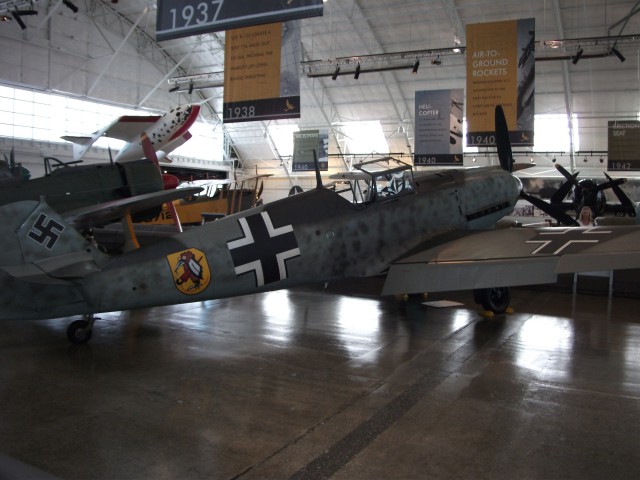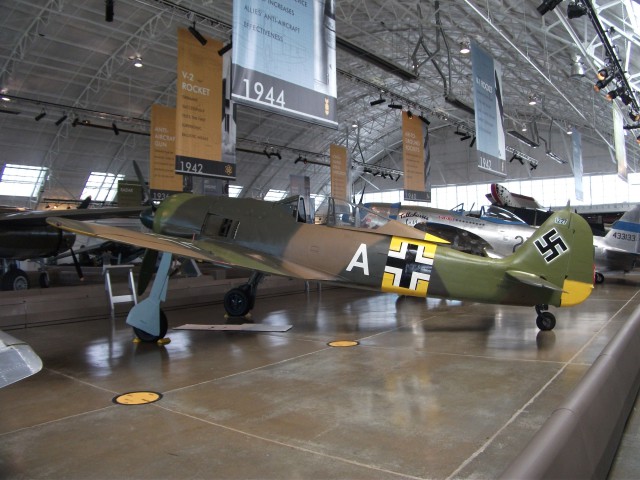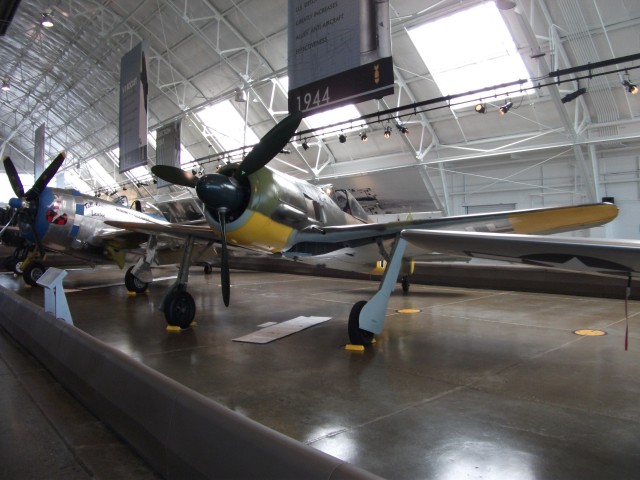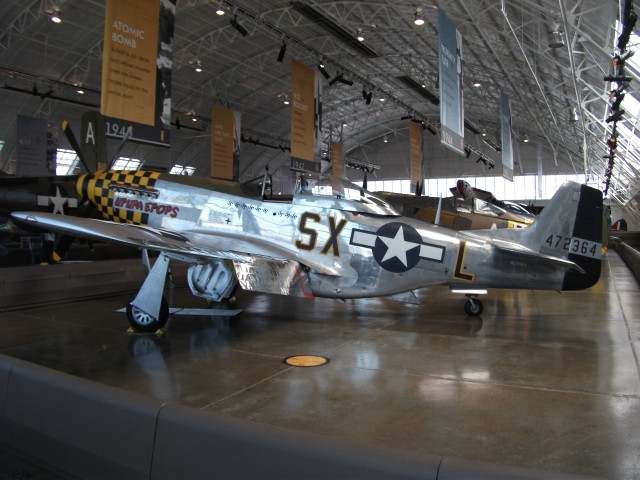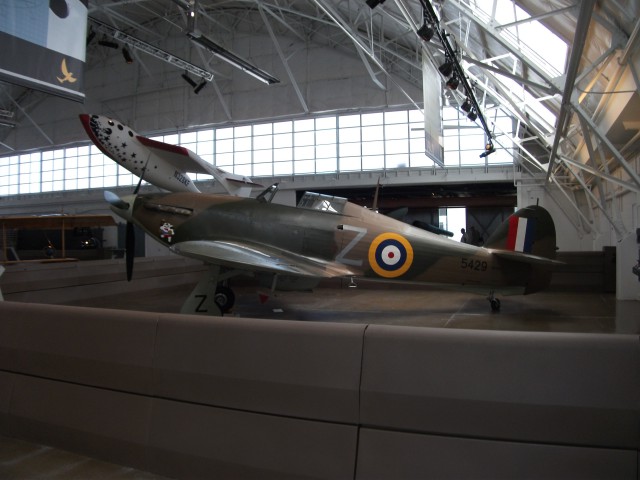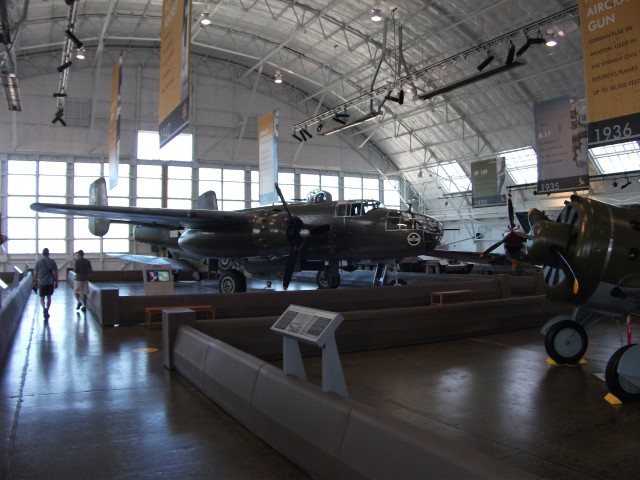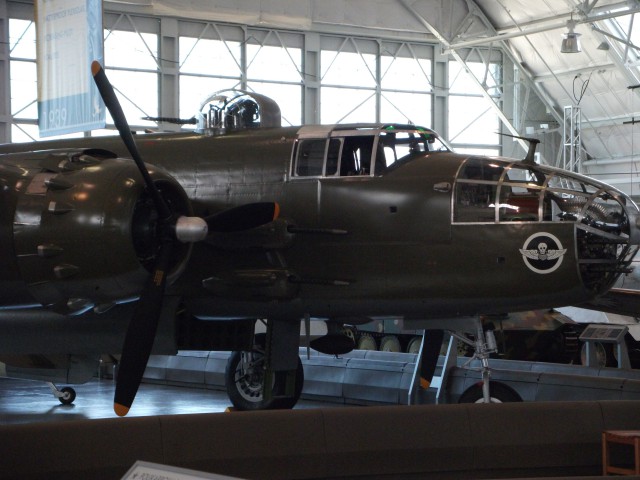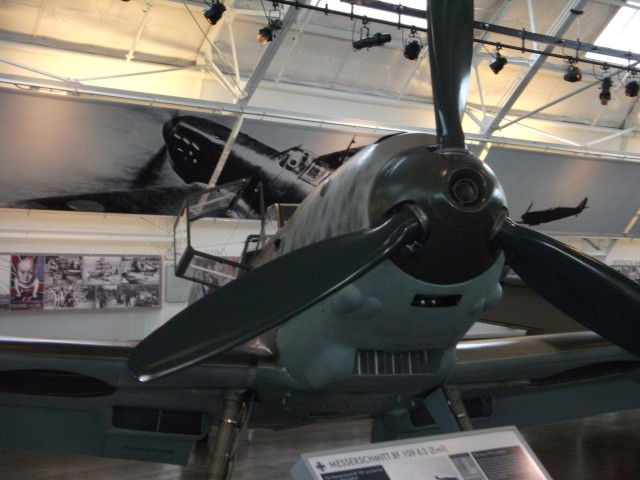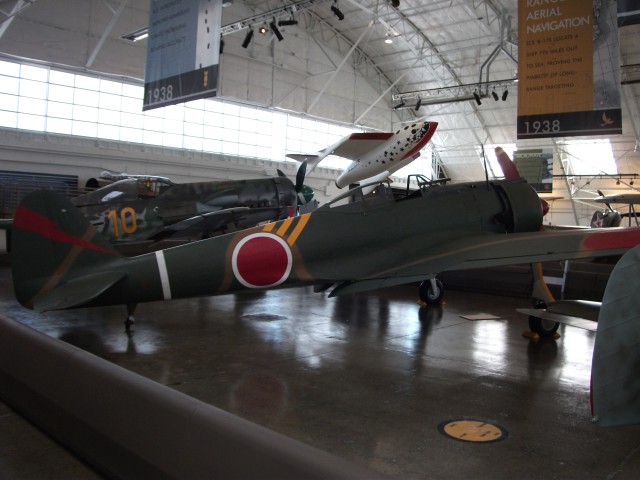Tom from the USA is a a fan of WHO and has sent us some images he took of the Paul Allen’s warbird collection.
Allen has been slowly building his 31-piece collection since the 1990s. In 2004, he opened it up for public viewing and four years later moved it to Paine Field in the tech-rich Seattle suburb of Everett,Washington. This spring he opened a second hangar, adding 19 new machines.
Each is in full working order, the result of reconstruction efforts that can cost millions per plane and take years to complete. His aim, he says, is to make these artifacts come to life.
Focke-Wulf Fw 190 A-5
The FHC’s Focke-Wulf Fw 190 A-5 was shot down while attacking a train near Leningrad. Lost for more than 60 years, the plane was discovered in the wilderness and recovered with a helicopter.
The North American P-51D Mustang
The North American P-51D Mustang is arguably the fighter that won the air war in Europe. This P-51 is a WWII combat veteran that was based in England.
Hawker Hurricane
The FHC’s Hawker Hurricane was made in Canada. Built to be catapulted off the deck of a merchant ship, the “Sea Hurricane’s” job was to protect ocean-going ships from German submarine or air attack.
‘Billy Bomber’
North American B-25 Mitchells, or “Billy Bombers,” flew in combat with nearly every Allied nation during WWII. This B-25J served with The Royal Canadian Air Force for ten years.
Messerschmitt Bf 109
The fuselage of the Flying Heritage Collection’s German Messerschmitt Bf 109 fighter carries a mocking cartoon version of the UK’s Neville Chamberlain. The FHC’s aircraft actually fought in the Battle of Britain in the summer of 1940.
The Nakajima Ki-43
The Nakajimai Ki-43 Hayabusa, or “Oscar,” was a mainstay of the Japanese Army’s Kamikaze program. This Oscar was found in dense jungle four miles from Vunakanau Airfield on Rabaul
